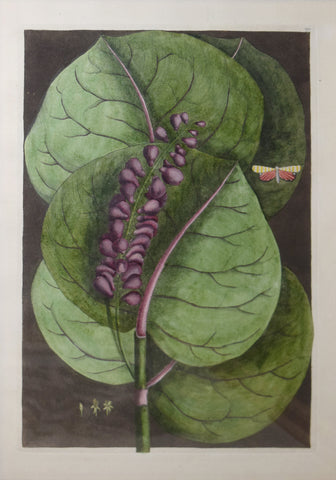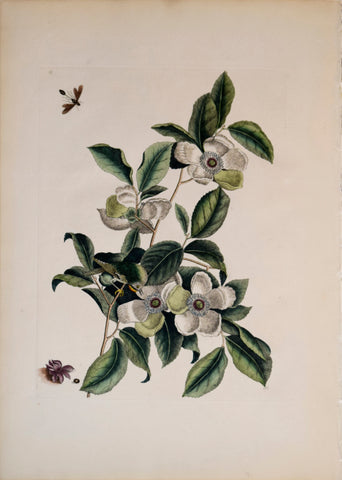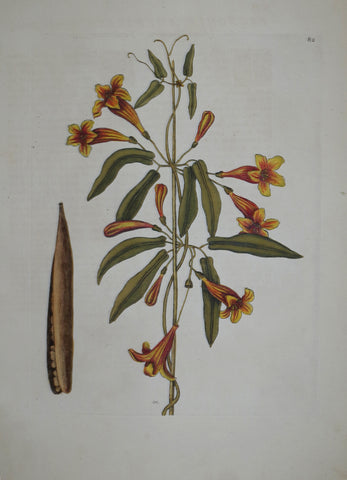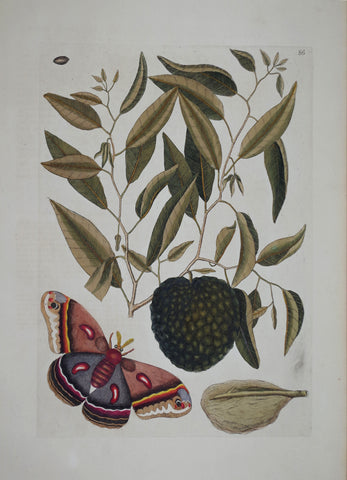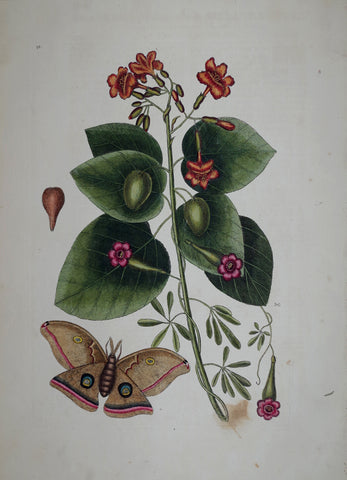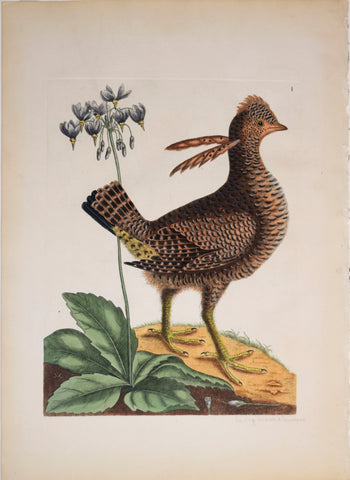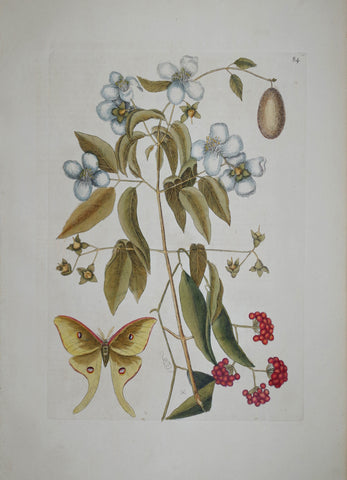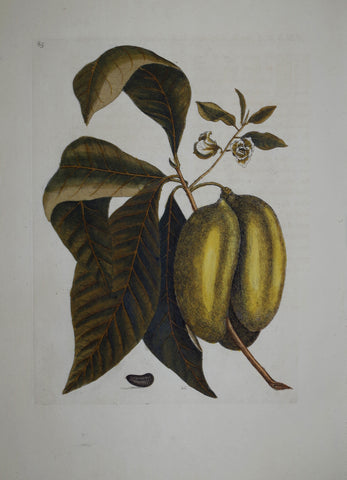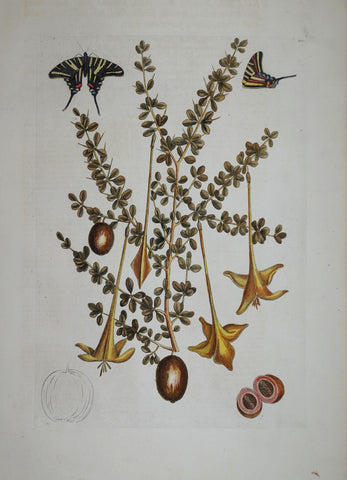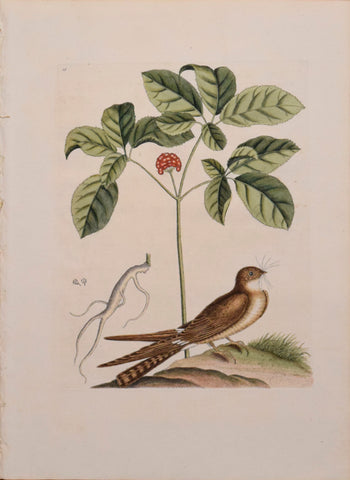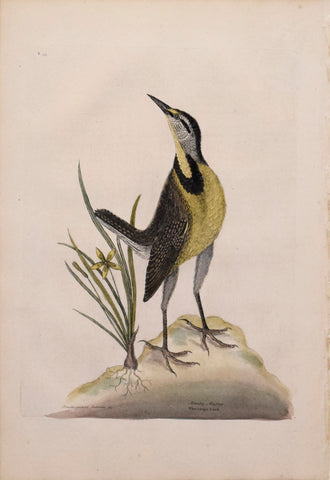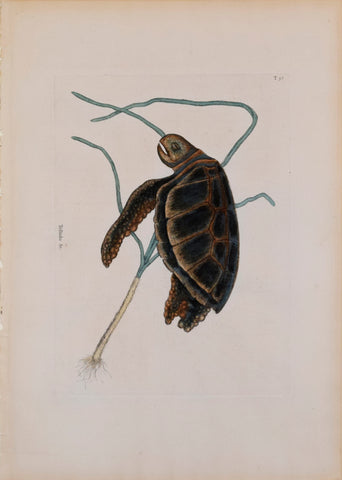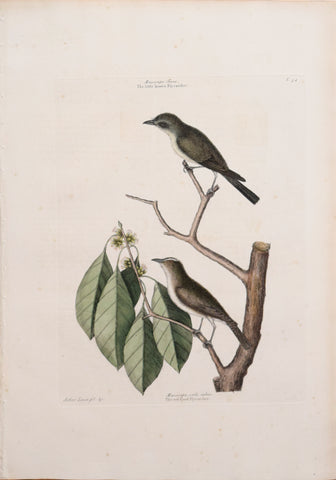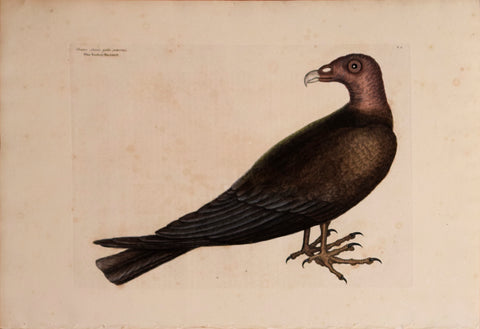Search By Artist
Mark Catesby (1683-1749)
The Natural History of Carolina,. Florida and the Bahama Islands
London, 1731-43. (first edition), 1754 (second edition), 1771-1810 (third edition)
Engravings with original hand-coloring
In 1712, the English-born artist and naturalist Mark Catesby embarked on a series of expeditions to the southern colonies of British North America. Catesby was enthralled by the wildlife of the New World, and he spent years traveling by foot through parts of present-day Virginia, Georgia, the Carolinas and the Bahamas. Over the course of his journeys, he encountered and documented uncountable varieties of animal and plant life that were entirely unknown to Europeans. His drawings and written observations were the raw material for an unprecedented project: a scientific account of previously uninvestigated wildlife, with illustrations taken from life.
Catesby initially encountered some difficulty in interesting sponsors in his monumental Natural History. Determined nonetheless to persevere in his project, and also wishing to maintain control over the translation of his drawings into print, the artist learned to engrave copper plates and set out to complete the Natural History himself. He produced all but two of the plates, and painted the impressions himself to further insure their fidelity to his models. The result was the most sweeping, complete and unique natural history study ever done. Despite Catesby's initial difficulties in finding subscribers, his striking finished product received widespread acclaim. Cromwell Mortimer, Secretary of the Royal Society, declared the publication to be "the most magnificent work I know since the Art of printing has been discovered." Catesby's charming, distinctive style sets his work apart from all artists who later followed his example. The overt simplicity of his compositions is deceiving; the artist arranged each of his images with great care, often combining seemingly incongruous elements to create the most artful scene possible. A sense of Catesby's enthusiasm for his subjects is palpable in his engravings.
Very few artists were so personally involved in the completion of a published work, and Catesby's images convey what the artist must have experienced in America: the colors and varieties of the exotic species of birds, fish, animals, insects and plants of the New World. Widely considered the great achievement of 18th-century art and science, Catesby's Natural History of Carolina, Florida and the Bahama Islands has lost none of its power to delight in the 250 years since its publication. This remarkable study of American plants and animals is a monument to Catesby's intelligence, scientific devotion and love of nature. The Natural History has provided an important model for ornithologists and scientists, including John James Audubon, who followed in Catesby's footsteps a century later.

